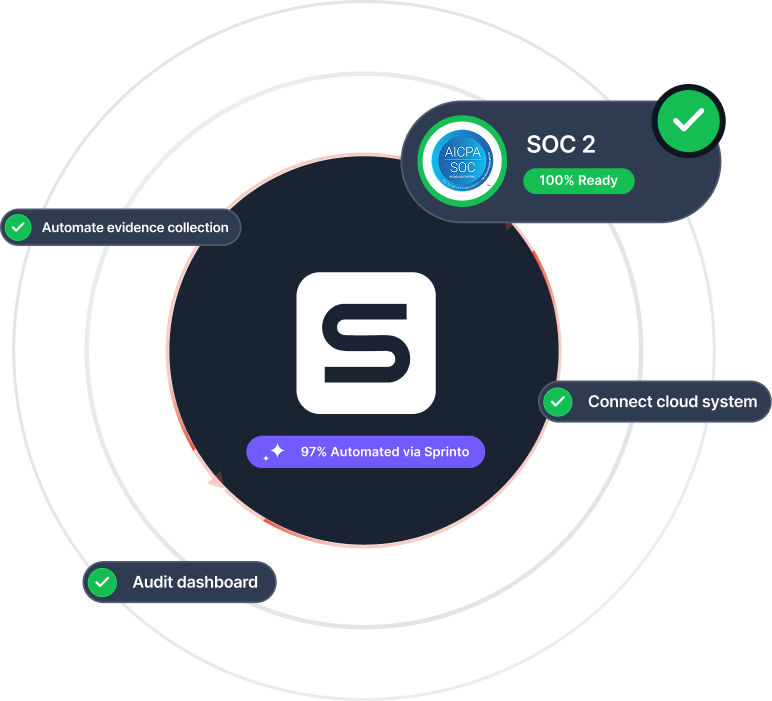Understanding Different Kinds of Risks
An Overview of Risk Management
Understanding Different Types of Risks
Risk Analysis Overview
Risk Scoring Overview
Risk Matrix Overview
Steps in Assessing Risks
Strategies for Risk Management
Frameworks in Risk Management
Steps in Risk Reporting
Advantages of Risk Management
What Makes Risk Management Ineffective
Third-Party Risks Explained
What Does Due Diligence Mean
TPRM (Third-Party Risk Management) Overview
Vendor Management Overview
Business Continuity Through Incident Management
Risks fall into several buckets, each demanding tailored controls:
Strategic: Market shifts, poor product decisions
Operational: Process failures, supply chain breakdowns
Financial: Liquidity issues, fraud, revenue leakage
Cybersecurity: Data breaches, ransomware, credential leaks
Compliance: Regulatory violations, audit failures
Reputational: Negative press, customer churn
Third-party: Vendor failures, service disruptions
Understanding the categories is step one to prioritizing where to act.
Strategic: Market shifts, poor product decisions
Operational: Process failures, supply chain breakdowns
Financial: Liquidity issues, fraud, revenue leakage
Cybersecurity: Data breaches, ransomware, credential leaks
Compliance: Regulatory violations, audit failures
Reputational: Negative press, customer churn
Third-party: Vendor failures, service disruptions
Understanding the categories is step one to prioritizing where to act.
Types of Security Controls With Examples [How to Implement]
What Are Insider Threats and How to Prevent Them?
Sprinto, your ally in all things compliance, risk, and governance.


